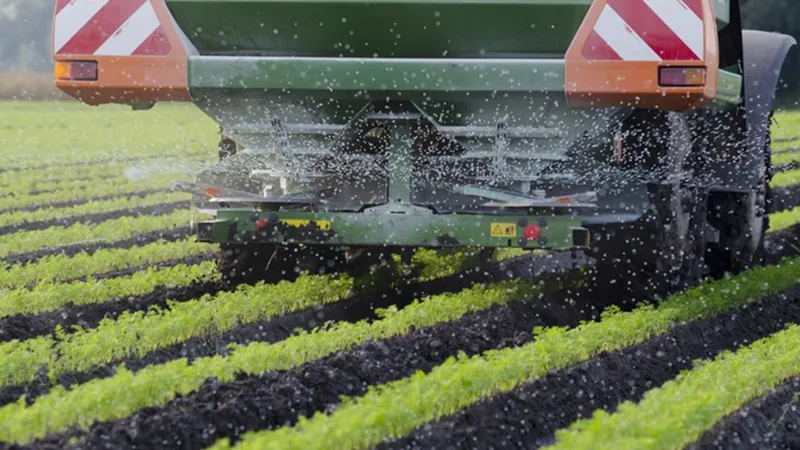
Revolutionizing Pest Control: Australian Innovators Create Eco-Friendly Solution
2025-07-09
Author: Arjun
Innovative Software to Combat Pests Without Harmful Chemicals
In a groundbreaking advancement, researchers at the University of Queensland have unveiled a revolutionary software called dsRNAmax designed to create eco-friendly pest control solutions that don’t depend on synthetic pesticides or genetic modifications. This innovative tool could transform the agricultural industry by targeting pests more sustainably.
Harnessing RNA Interference for Custom Solutions
The dsRNAmax software utilizes a natural crop protection method known as RNA interference, which involves applying double-stranded RNA (dsRNA) to plants. This process specifically disrupts the genetic functions of harmful pests such as insects, viruses, fungi, and parasites, while leaving beneficial organisms unharmed.
Targeting Multiple Pests Safely
PhD student Stephen Fletcher and research fellow Chris Brosnan led this promising project, focusing on crafting customizable pest killers effective against a range of species. The researchers ensured their designs had no negative impact on beneficial bugs, which are crucial for healthy crop growth.
Impressive Lab Results
In lab tests, the software successfully designed a dsRNA structure aimed at eliminating four species of root-knot nematodes—microscopic parasites known to harm plants. Remarkably, this design completely avoided affecting the harmless C. elegans nematode, showcasing the software's precision and effectiveness.
A Sustainable Alternative to Harmful Practices
The push for dsRNA technology comes at a critical time when pests and diseases inflict a staggering $220 billion in annual crop losses globally. Traditional pesticide methods can pollute the environment and raise health concerns, while genetic modifications face significant regulatory hurdles. The Queensland team is paving the way for a safer, more sustainable future.
The Future of Pest Control is Here
Despite previous attempts at creating similar software, most have fallen short. However, the researchers are optimistic about dsRNAmax. Plans are already in motion to enhance the software’s capabilities using machine learning, potentially increasing its effectiveness by 5-10% and further reducing costs. This breakthrough could not only improve pest management but also help farmers protect their crops sustainably.




 Brasil (PT)
Brasil (PT)
 Canada (EN)
Canada (EN)
 Chile (ES)
Chile (ES)
 Česko (CS)
Česko (CS)
 대한민국 (KO)
대한민국 (KO)
 España (ES)
España (ES)
 France (FR)
France (FR)
 Hong Kong (EN)
Hong Kong (EN)
 Italia (IT)
Italia (IT)
 日本 (JA)
日本 (JA)
 Magyarország (HU)
Magyarország (HU)
 Norge (NO)
Norge (NO)
 Polska (PL)
Polska (PL)
 Schweiz (DE)
Schweiz (DE)
 Singapore (EN)
Singapore (EN)
 Sverige (SV)
Sverige (SV)
 Suomi (FI)
Suomi (FI)
 Türkiye (TR)
Türkiye (TR)
 الإمارات العربية المتحدة (AR)
الإمارات العربية المتحدة (AR)